If you’re looking for a quick and easy way to remove a radiator, then you’ve come to the right place. In this article, we’ll show you exactly how to take a radiator off the wall without draining the central heating system or calling out the plumber!
Step 1: Turn Off Your Central Heating and Allow To Cool Down
The first step is to make sure that there is no hot water flowing freely through the radiator. The best way to do this is to turn off the heating at the source on your boiler. Allow some time for the water and the radiator to cool down before starting the removal process.
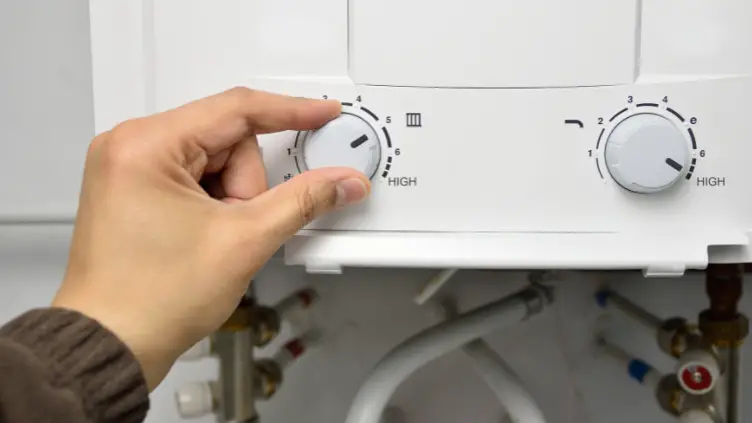
Step 2: Close The Radiator Valves (TVR + Lockshield)
Once the radiator has cooled enough that it won’t burn your skin, close the thermostatic valve (TVR) down to zero in order to stop the flow of water through the radiator.
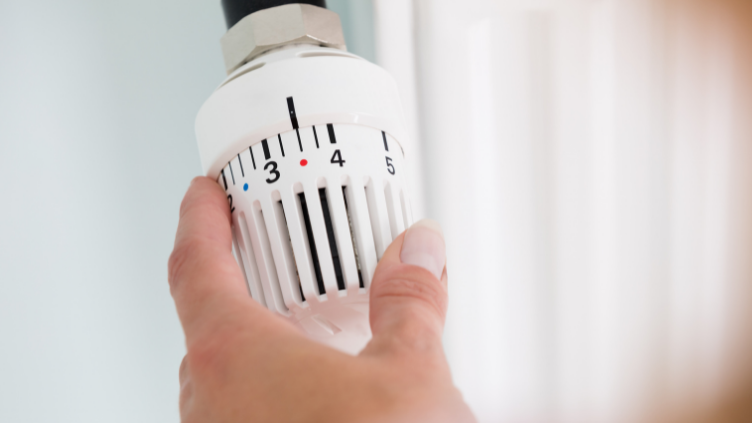
Then, on the opposite side of the radiator you need to remove the Lockshield cap to expose the valve pin. Simply rotate the pin clockwise with a spanner until closed.
As an additional precaution you’ll want to take note of the position of the valve before closing it. This will ensure the water pressure and flow within the radiator will be restored once the radiator is re-fitted on the wall and the valve pin is returned to its original position.
Step 3: Grab Some Towels & A Washing Up Bowl For Water Spillage
Place a towel underneath the inlet and outlet of the radiator to catch any water spillage that might leak out of the radiator.
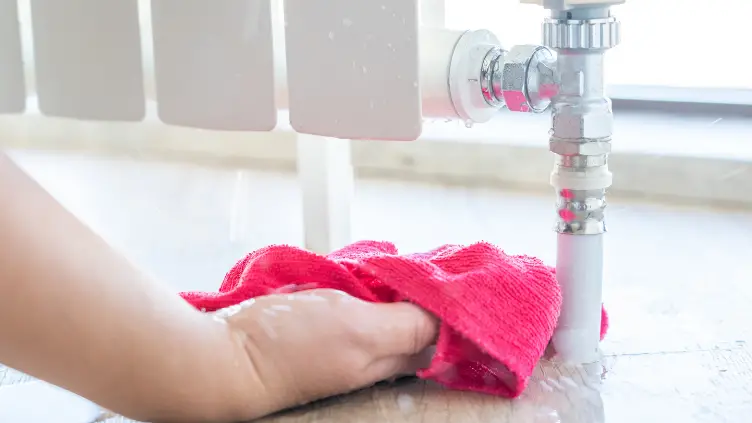
You’ll also need a bucket or washing up bowl to catch the water contents of the radiator (depending on your radiator’s dimensions it may contain between 2-4 litres of water).
Step 4: Loosen The Radiator Valve Nut
Use a wrench and/or spanner and apply pressure to the nut at one side of the radiator. As the nut becomes loose, you will start to see water flowing out from the radiator inlet and into your bucket.
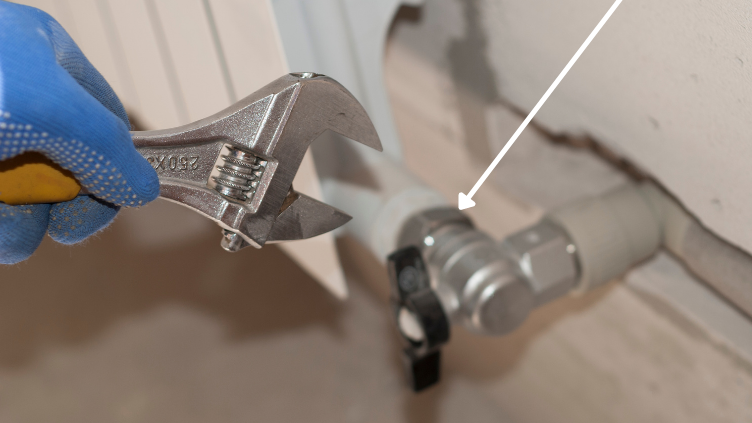
Step 5: Open The Bleed Valve
As the water flow begins to slow down, you can open the bleed valve at the top of the radiator. This lets air into the unit, allowing for more water to flow out of the bottom of the radiator.
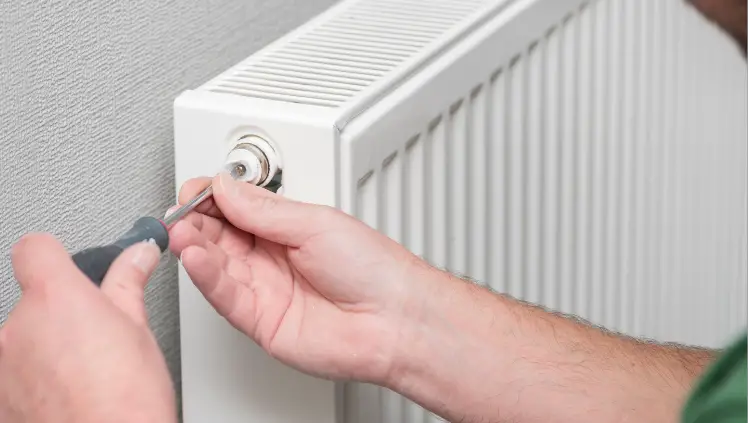
Step 6: Loosen The Opposite Valve Nut
Again, using a spanner and/or a wrench, repeat step 4 at the other side of the radiator to release even more water from the opposite side of the unit.
Step 7: Disconnect The Radiator Fully From The Valves
Ensure that both valve nuts are fully unscrewed so that the radiator can move freely and independently from the valves.
Step 8: Lift The Radiator To Remove It From The Wall Brackets
As you lift the radiator from its brackets, gently tip it to one side so that any remaining fluid can run though the radiator and out into the bucket. Keep your back straight and use your legs to lift the radiator to avoid any injury and place it in an upright position against a wall.
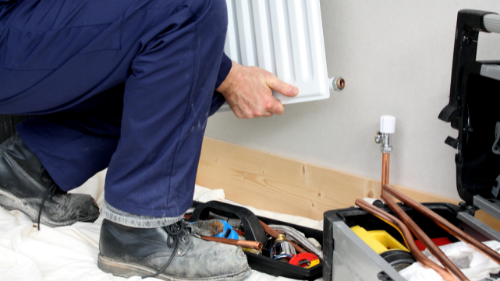
Step 9: Paint Behind Your Radiator (Optional)
If you need to decorate or paint behind your radiator – now’s the time to do it! Make the most of this full exposure to the wall that is usually so hard to access.
FAQ’s
How Easy is it to Remove A Radiator?
It’s surprisingly easy to remove your radiator yourself – all you need is a spanner, radiator key and a spare 20 minutes to follow our guide below. If you’ve never taken a radiator off the wall before you’ll be surprised at how quick and easy it can be.
What Tools Do I Need To Remove A Radiator?
All you need is a wrench, a bleed valve key, a towel and a washing up bowl to collect the water as you drain the radiator.
How Long Does It Take To Remove A Radiator
For a skilled plumber, it can take as little as 5 minutes to remove a radiator. However, for a beginner it can take up to 30 minutes, depending on the preparation and how easy the valves are to undo.

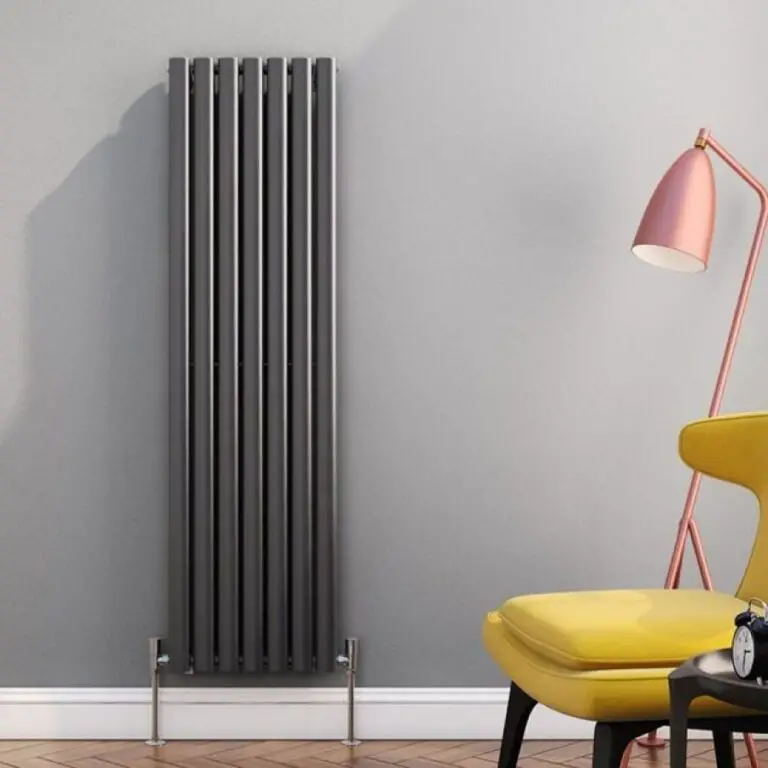

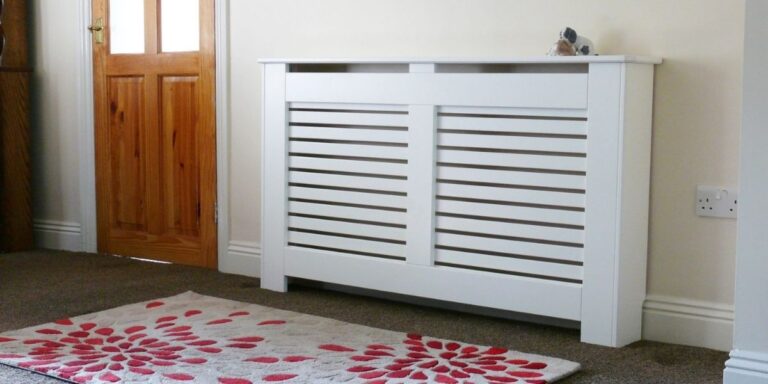
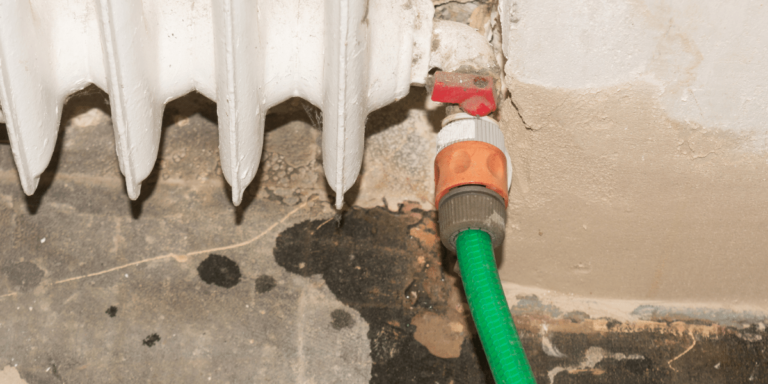
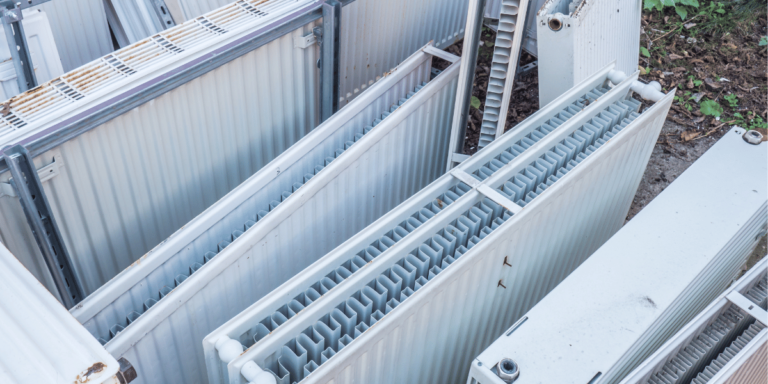

Hello there, You have done a great job. I’ll certainly digg it and personally recommend to my friends. I am sure they’ll be benefited from this site.